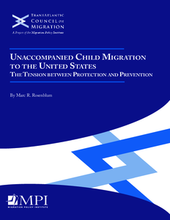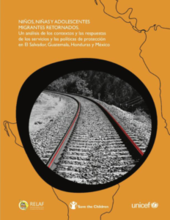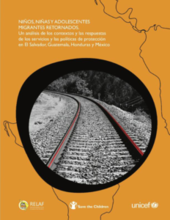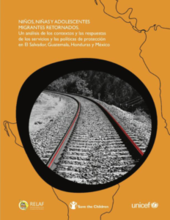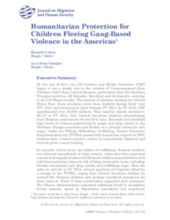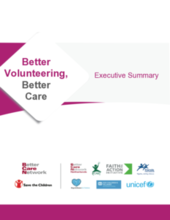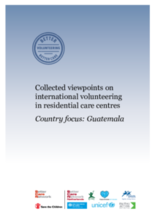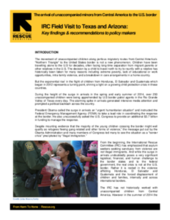This country page features an interactive, icon-based data dashboard providing a national-level overview of the status of children’s care and care reform efforts (a “Country Care Snapshot”), along with a list of resources and organizations in the country.
demographic_data
childrens_living_arrangement
children_living_without_bio
adoption
key_stakeholders
Key Stakeholders
Add New DataOther Relevant Reforms
Add New Datadrivers_of_institutionalisation
Drivers of Institutionaliziation
Add New Datakey_research_and_information
Key Data Sources
Add New DataPrevalence and number of children living in institutional care: global, regional, and country estimates
Reglamento de la Procuraduría de la Niñez y la Adolescencia de la Procuraduría General de la Nación
Revisión del gasto público asociado al cuidado de la niñez y adolescencia en Guatemala (2015 - 2019)
Acknowledgements
Data for this country care snapshot was contributed by a consultant with Maestral International and partners at Changing the Way We Care.
Displaying 121 - 130 of 150
From June 8-12, 2015, Buckner Guatemala, with support from the Displaced Children and Orphans Fund (DCOF) and the Guatemalan Court System, provided a series of two-day training sessions to multi-disciplinary teams from the court system. The two sessions of the two-day training included more than 80 professionals, and provided an opportunity to highlight the important role of multi-disciplinary teams (i.e., social workers, psychologists and pedagogues) within the Guatemalan child protection system in general and the court system specifically.
This report examines the policy challenge in the United States of balancing protection and immigration enforcement in the recent unaccompanied child migration “crisis” in the US.
Este taller está diseñado para entrenar los expertos técnicos en los valores y principios básicos involucrados en la labor del trabajo de Protección de Niñez y Adolescencia.
Esta evaluación rápida busca cubrir la escasez de información sobre las políticas y los servicios de las entidades gubernamentales y no gubernamentales encargadas de la protección de los derechos de niños, niñas y adolescentes migrantes retornados a sus sociedades de origen en los países del Triángulo del Norte y México, con un foco en las acciones tendientes a restituir el derecho a la convivencia familiar y la integración comunitaria.
Entre 2013 y 2014, aumentó de manera considerable el número de niños, niñas y adolescentes no acompañados que migran desde los países de América Central hacia México y los Estados Unidos (EU).
Esta evaluación rápida, conducida por RELAF in colaboración con Save the Children y UNICEF, revisa las políticas públicas y servicios desarrollados por instituciones gubernamentales y no-gubernamentales perteneciendo al "Sistema de Protección Integral" para hacer frente a las cuestiones problemáticas que afectan los niños migrantes y sus familias en el Triángulo del Norte (El Salvador, Guatemala, y Honduras) y México.
This paper provides an overview of the violence perpetrated by gangs and other criminal organizations in Mexico and Central America which compels many children to flee their communities. The paper also describes the US government’s obligations to protect unaccompanied children upon arrival, and good practices of other governments relating to the protection of child migrants and refugees.
This Excutive Summary is developed by the Better Volunteering Better Care
This report is one of the documents developed by Better Volunteering Better Care Intiative.
This report, informed by a field study conducted by the International Rescue Committee, provides a summary of findings and presents recommendations aimed at helping policy makers to improve the current and future response to the arrival of unaccompanied children from Central America to the United States.

